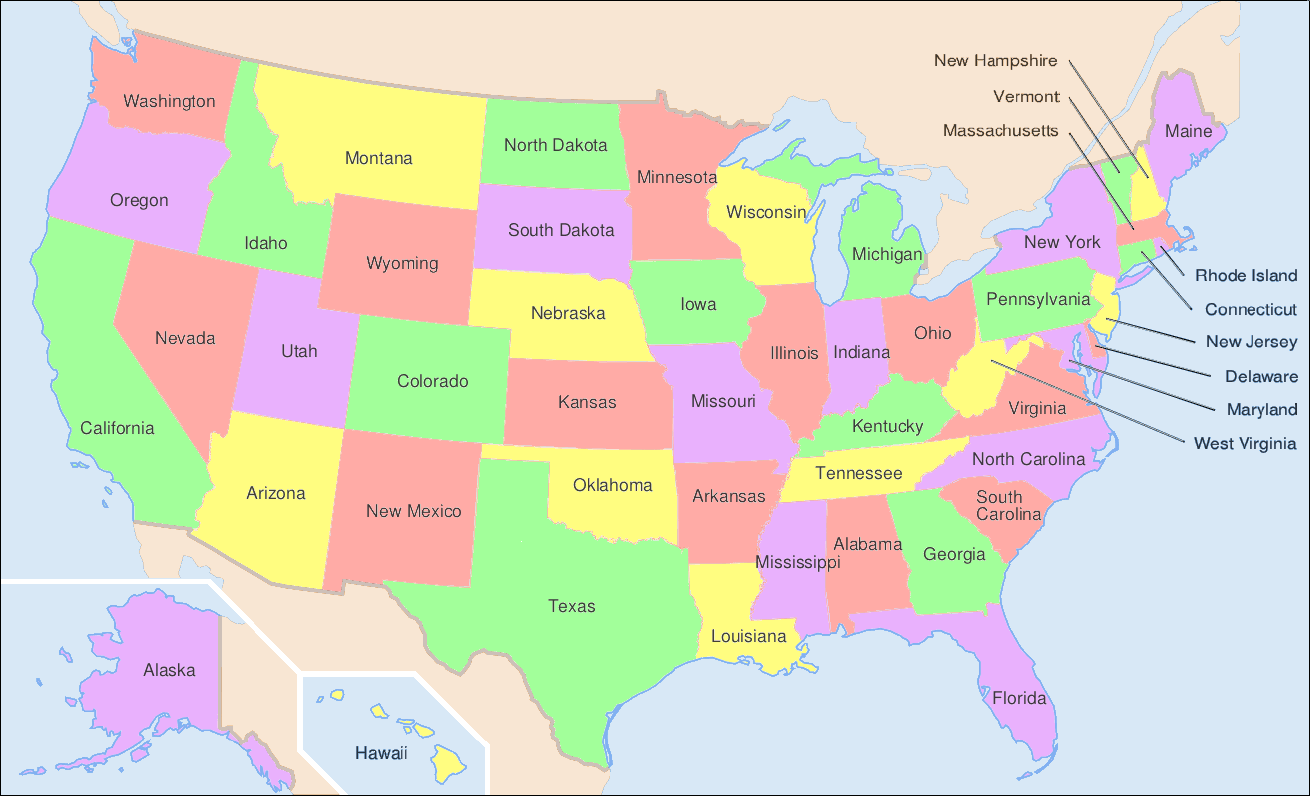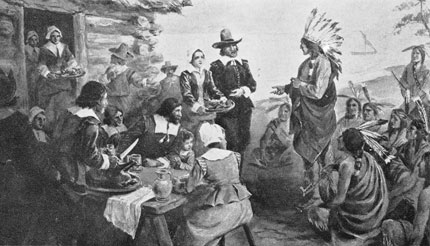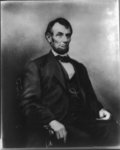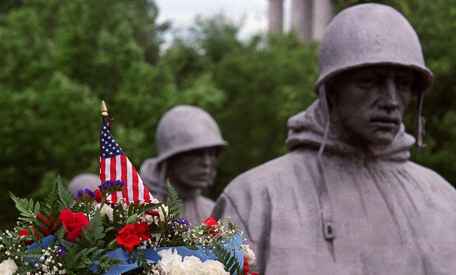Some educators are using the arts and humanities to enhance their teaching of math.
Math for Web 2.0
Unlike the arts, Math has struggled to find its place in Web 2.0 communities—until now. Maria Droujkova has developed Natural Math and Math 2.0, “math programs in which learning takes place within communities and networks,” according to Joann Agnitti for EdLabs at Columbia University Teachers College.
Droujkova’s programs combine math with social networking, and encompass “five dimensions,” such as “humanistic mathematics” and “the psychology of mathematics learning and education.” Agnitti calls these combinations “mashups” that allow math to “tell a story,” and help quell math anxiety with psychology.
Natural Math is a colorful site with a children’s storybook quality. Users can peruse member profiles, discuss math in the community forums, and participate in online math clubs and math chats.
Using Art to Enhance Teaching of Math
Teachers are creating other innovative math-teaching tools, and initiating programs that combine math with artistic subjects.
Fifth grade teacher Liz Beck used a $15,000 public grant to create a summer enrichment program called “A Picture-Perfect Summer,” which used photography to enhance other subjects. According to Hilary Masell Oswald of Edutopia, Beck teamed with five teachers at the Chicago charter school where she works to integrate “six content areas—science, computers skills, geometry, writing, art, and career exploration—into the study of traditional 35mm photography.” The program has ended, but Beck “continues to use the photo-based math lessons in her regular classes,” Oswald reports.
Related Topic: Mathematicians who are also artists
Nobel Prize-winning mathematician John Nash is known for his theory of non-cooperative games, which also applies to “artistic collaboration,” according to the University of Delaware (UD). Haverford College math professor Lynne Butler studies Nash’s work, and spoke at UD in 2002 about the link between mathematical theory and the arts.
Ed Belbruno is another mathematician (and astrophysicist) whose work indicates an appreciation for the arts. Belbruno, a painter who also works for NASA and Princeton University, first gained recognition by “applying chaos theory to space travel,” according to Matt Fair in an article for NJ.com. But Belbruno considers himself both an artist and a mathematician, and says his abstract expressionist art is as significant as chaos theory. Belbruno looks up to another mathematician-artist, Leonardo Da Vinci.
Sources in this Story
- EdLab at Teacher’s College, Columbia University: Trends in Ed, 2.18.10: Math sees a future with web 2.0
- Natural Math
- edutopia: Picture This: Using Photography to Teach Science, Math, and Writing
- University of Delaware: Math professor explains John Nash’s Nobel Prize-winning theory
- NJ.com: He paints a fine line between art and math
- Illuminations Resources for Teaching Math
Opinion & Analysis: The case for the arts
In a September 2009 essay for Harper’s Magazine, Mark Slouka discussed the “dehumanization” of education and America’s emphasis on math and science. “By downsizing what is most dangerous (and most essential) about our education, namely the deep civic function of the arts and the humanities, we’re well on the way to producing a nation of employees, not citizens,” Slouka writes.
He cites several different New York Times columnists who express fear that American students are not keeping up with the pace of Asian countries, and thus will lose out on jobs and fail to find economic security. “From the local PTA meeting to the latest Presidential Commission on Education, the only subject under discussion, the only real criterion for investment—in short, the alpha and omega of educational policy—is jobs,” Slouka laments.
















